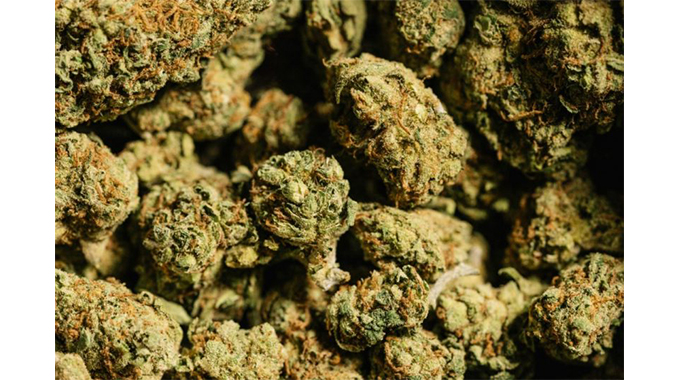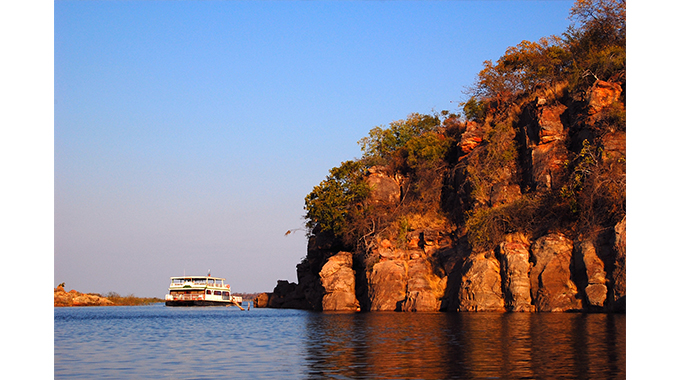
The Sunday News

Vusumuzi Dube, Online News Editor
“COMMUNICATION is culture and culture is communication,” wrote scholar Edward Twitchell Hall as he sums up the interconnectedness of culture and communication.
The popular statement reflects how communication brings out a culture and how that very culture influences communication patterns. While this may be one of the quotes that bring out the importance of communication within a society, the communities in Binga, Matabeleland North province, are communicating their culture to the world in an amazing manner. And anyone who has visited Binga would testify coming in contact with a community so proud of their culture that they will do anything to preserve it.
As one leaves Kamativi to embark the 128-kilometre journey towards Binga centre it becomes clear that the environs have changed and so is the culture as embodied by the Tonga language. Even the housing structures become so different, with the Ngazi – wooden huts built on an elevated platform which can be mistaken for granaries dominating the rural architecture.
These according to the communities can save as bedroom huts especially during summer. This is the society famed for old women who pass time smoking pot-like pipes called nchelwa or ndombondo.
These have been controversial as some school of thought claims they will be smoking dagga/mbanje but the communities there insist it’s just a tobacco concoction.

mbanje
When one travels to various parts be it locally or internationally, they are usually asked to bring various souvenirs representing the communities that they are visiting. For example, when one travels to Egypt people would bid you to come home with the Egyptian traditional clothing; the gallibaya, while a visit to Scotland will result in friends and relatives begging you to bring them the best Scottish whisky.
However, tell anyone you are going to Zimbabwe’s Binga district, all that is said is; “Don’t forget to bring us the highest grade of mbanje and some fish.” Even when coming from this district, before people ask about your travel the first thing they say is; “Where is the mbanje and fish?”
Located just over 412 kilometres from the country’s second largest city, Bulawayo, Binga district in Matabeleland North is largely dominated by Tonga-speaking people. It is located south of Lake Kariba on the shores of the mighty Zambezi River which borders Zimbabwe with Zambia.
A visit to the area will however, reveal that there is lot more than all the myths that have been associated with the district. This is indeed a district that is so proud of their culture, so much so that anyone you meet will immediately be interested in teaching you their local language.

Lake Kariba
Ask them about the myth of mbanje and old women smoking it using their nchelwa or ndombondo, they laugh it off and immediately want to explain the tradition around the tobacco smoking, even defending it as being healthy.
“That is actually tobacco, it is smoked by the elderly. What happens is that people put water into the clay pot to help purify the tobacco from the nicotine, the pot is actually changed every day, there is no mbanje at all which is smoked in the district, to be fair all this is defamation and should not be allowed to continue.

It is actually a healthy concoction, healthier than the cigarettes which people are smoking these days. It is a tradition that has been passed from generation to generation, therefore that alone will show you that it is a healthy smoke as our elders cannot pass down something which they know is not healthy,” said Mr Stanley Muzambwa from Saba Village.
In an interview, Chief Saba also dismissed the notion of the mbanje smoking revealing that to them they considered anyone who referred to them as mbanje smokers as people who would actually be disrespecting them.
“When some say you are a mbanje smoker it is far from being a celebratory title but is more of a derogatory term hence I think it is about time we fight this.
“The way people label us is now as if when you take a walk in the district you come across people freely walking and smoking mbanje but this is not the case. At times it really angers me that people can look down at us like that. We are a cultured people who strongly abide by the laws of the nation and we know that mbanje is illegal in the country,” said Chief Saba.
He revealed that the Tonga people were so proud of their language and culture that it was a must that children are raised within all the expected cultural boundaries, introduced to the Tonga culture and language at a young age.
Gogo Susan Mudimba from Manjolo Village said for here the nchelwa or ndombondo had actually given her long health, as she claimed she was now in her 80s and the last time she had an illness which had left her bedridden was over 10 years ago.
“This actually gives me strength, early in the morning before I go to the fields, I smoke my nchelwa and I can go about my daily duties with ease. The nice part is that it has no addiction because I can go for months without smoking it and life will just continue unabated. I am over 82-years-old and you won’t believe me when I tell you that I last had an ailment that left me bedridden over 10-years-ago and I attribute it to this healthy smoke of mine,” said a chuckling Gogo Mudimba.
Another villager explained that so cultured was the community that one would find the Ngazi structures in almost every homestead. He said unlike in other communities where they would wait for non-governmental organisations to suggest the construction of these structures, for the Tonga people in Binga this was a tradition that was being passed through generations.
“The Ngazi is the Binga version of a double storey building, this, we believe is a Binga original structure. In some communities they use them as granaries, others they build the goats kraal in the same manner but for us these can be used as sleeping quarters.
“They are built in such a manner that they would be about two meters off the ground using logs, with a makeshift ladder also coming as part of the structure. People utilise them especially during the hot summer weather,” said one villager who identified himself as Mr Mulenga.
He revealed that the construction was one that was also passed through generations, noting that this was one reason almost every homestead in the district had such a structure.

Summer
“What you should realise is that in Binga nothing is just derived from the blue, most if not all the practices are part of the heritage and in most cases there is a reason why our forefathers came up with these. It is one thing which as young adults we are also passing on to our children to ensure that 10 years or even 20 years from now you can come here and find all these practices being there. It is not about being backwards but just maintaining our culture which in turn helps maintain our environment,” said Mr Mulenga.
After a day or two in the district it can thus be easily noted that besides being an untapped tourism destination with a magnificent view at the foot of one of the biggest man-made lakes, Lake Kariba, boasting of a booming fishing industry, hot springs, wildlife, forests and attractive hotel infrastructure, the local culture is an unparalleled pride.



